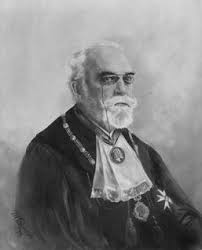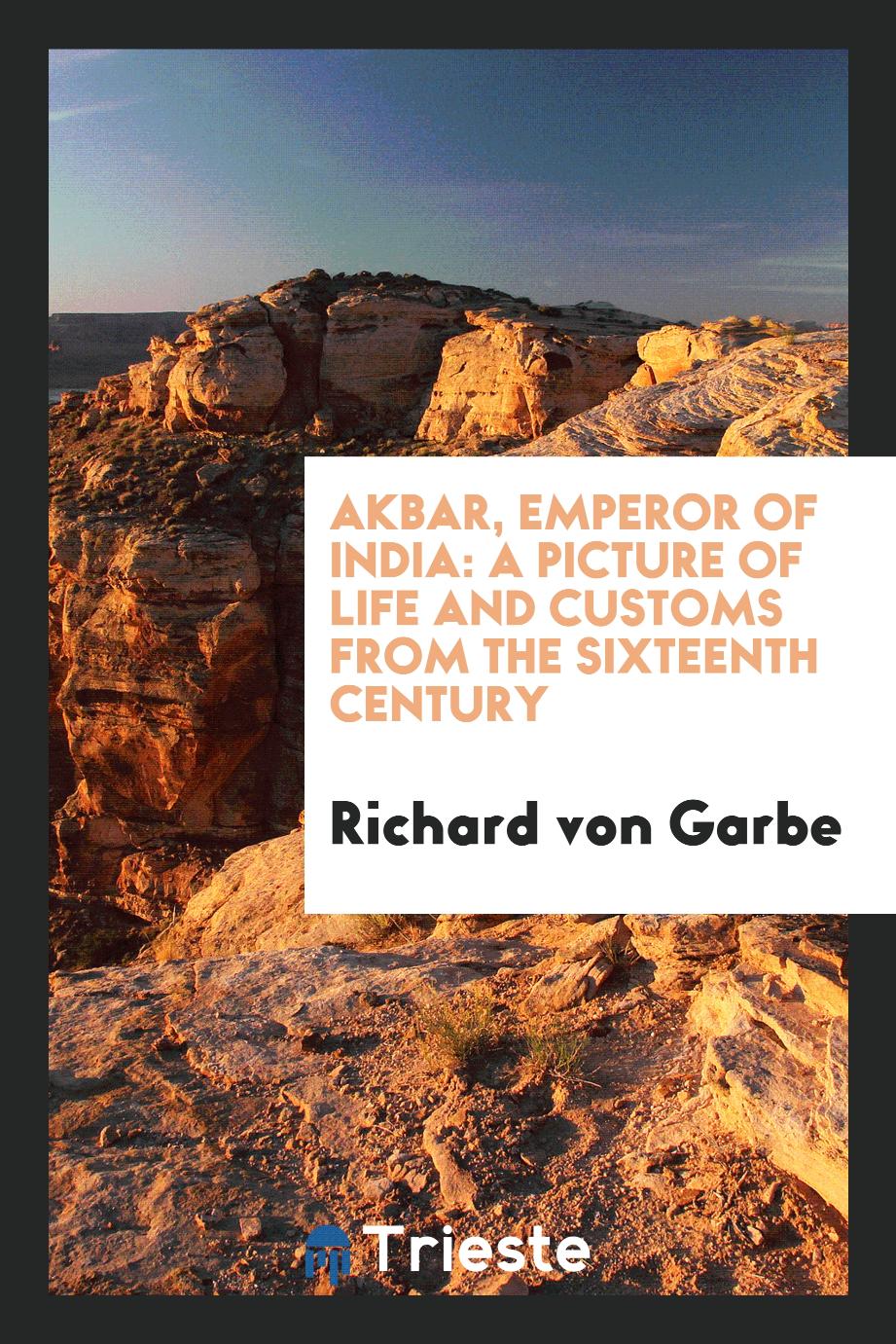
Richard von Garbe
Richard Karl Garbe from Garbe since 1909 (born March 9, 1857 in Bredow near Stettin, September 22, 1927 in Tübingen) was a German Indologist who made a significant contribution to the study of Samkhya, Yoga and the Bhagavad Gita. The famous mathematician and then Indologist Herman Grasmann was one of his teachers at the Marienstiftsgymnasium in Stettin. Garbe studied at the University of Tübingen, first in mathematics, then in indology. After receiving his doctorate, Garbe examined the manuscripts of Schrautaster in London. He defended his doctoral dissertation in 1878 and worked at the University of Koenigsberg as a private teacher, and since 1880 - assistant professor. From 1885 to 1887, Garbe went to India with the financial support of the Prussian state, where he studied Samkhya texts under the guidance of Indian scholars. In his book "Indian Travel Notes" in 1889, he spoke about his many excursions in India and Ceylon. In 1894, he became a full professor of indology at Koenigsberg. However, the following year he was appointed to the University of Tübingen to be the successor of his late teacher Rudolf von Roth. 1908/1909 he was the rector of the university. Garbe published a large number of Sanskrit texts and translated many of them, including the Samkhya Sutras. His book Die Sâṃkhya-Philosophy was published in 1894, in which he analyzed the origin and sources of this Indian philosophical system, etc. came to the conclusion that the ancient Greek spiritual world, apparently, was strongly influenced by the Greek spiritual world. In 1905, the German translation of the Bhagavad Gita followed, in which Garbe primarily sought to philologically correct, but not poetically demanding reproduction of the original text. Garbe believed that about seventy verses in the text (about the impersonal Brahman) were later interpolations and marked them in small print. Not all Indologists shared his opinion, but he found support from Maurice Vinternitz.
